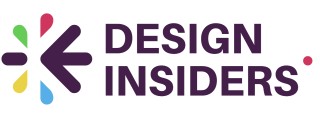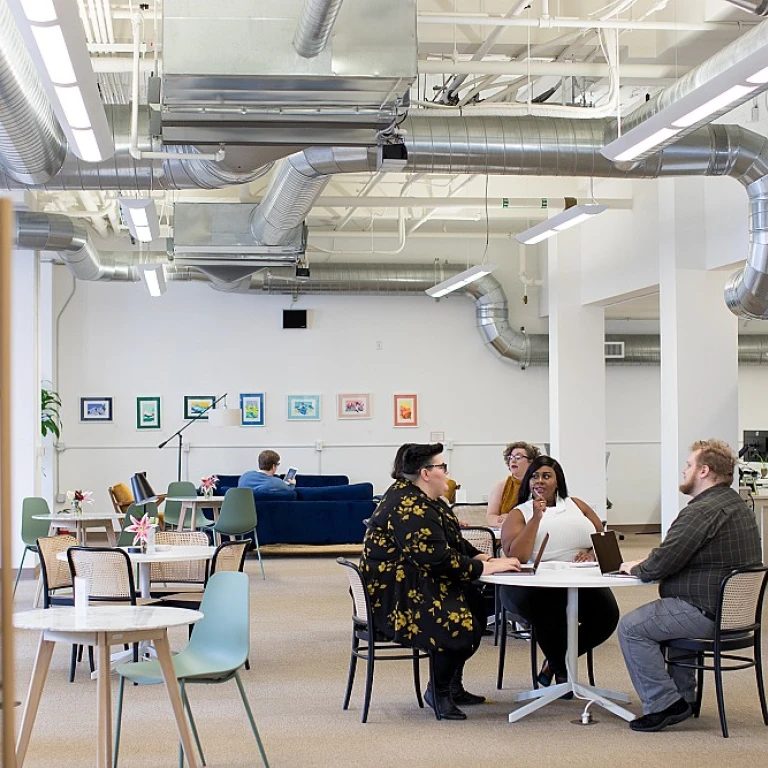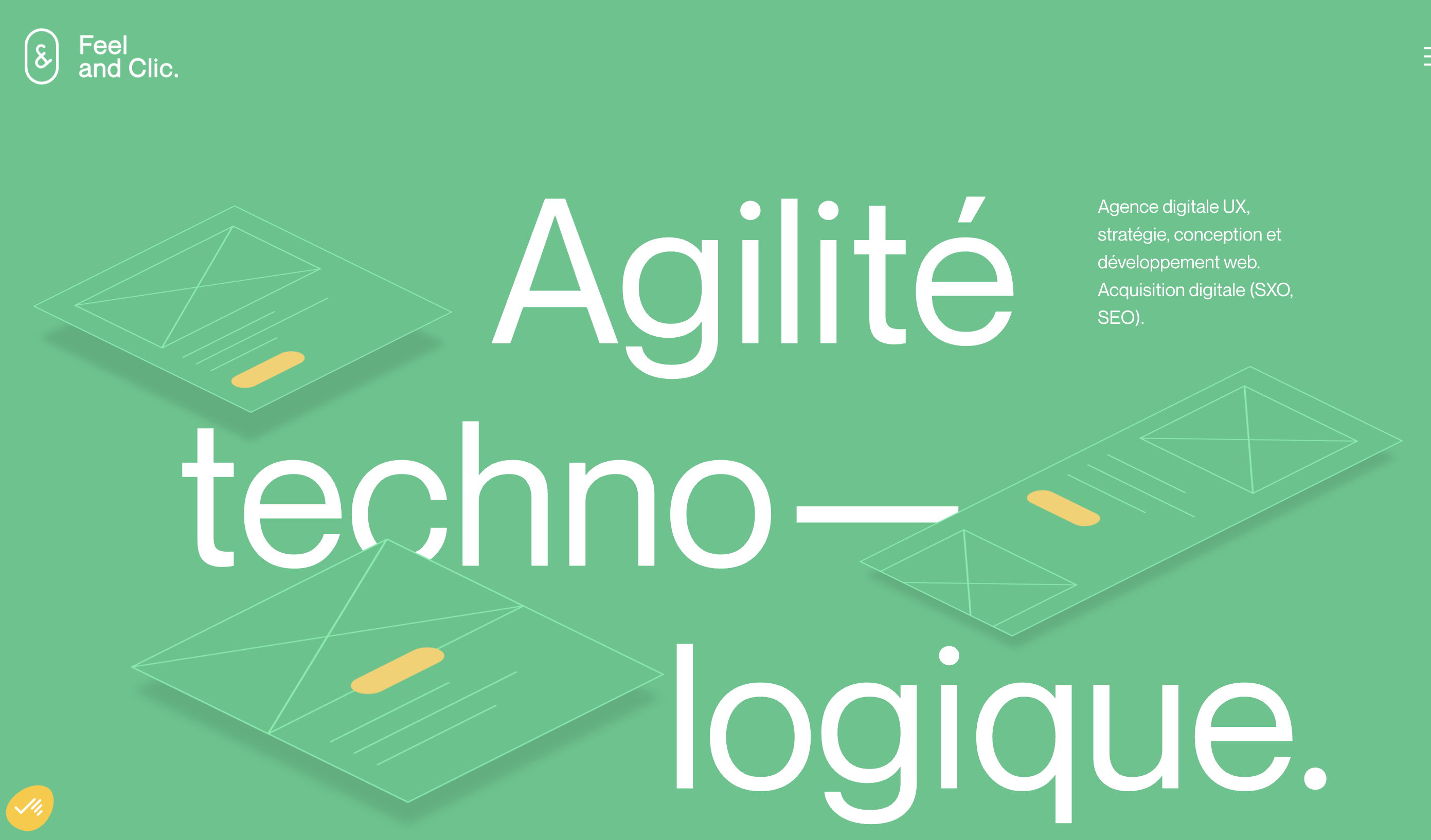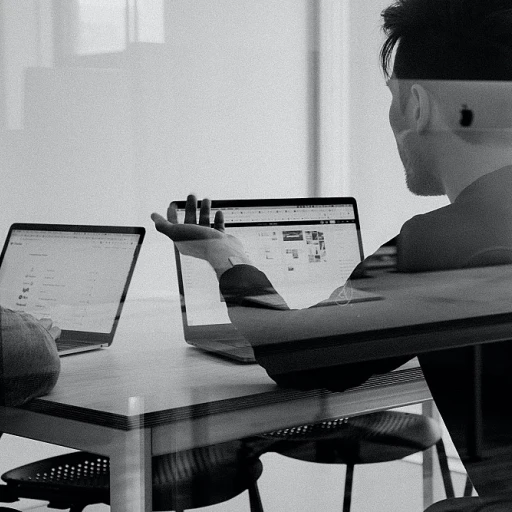Understanding User Needs
Recognizing What Users Really Want
In the fast-paced startup environment, getting a handle on what users genuinely want is a game-changer. It’s not as simple as tossing a flashy app into the wild and hoping for the best. You need to dig a bit deeper, explore user needs, and give them exactly what they crave. Why? Because understanding the experience your target audience seeks can be the ticket to success or a one-way trip to oblivion.
Start by talking to potential users—real conversations rather than just analytics. Tap into forums or social media discussions where users voice their frustrations and desires about similar products. This is about getting down and dirty with the everyday experiences that potential customers face. Recognize where standard products let them down and see the opportunities to offer something better.
It’s essential to map out user personas, but don’t just stop there. Make sure your team knows them as distinct individuals with daily lives and problems. Richard from Denver doesn’t just want an app; he wants a digital experience that saves him time and stress. Through this approach, startups can gain a serious edge.
Remember, addressing the user is not a one-size-fits-all deal. Different users, different needs, right? So, keep your designs flexible, so your startup can adapt to changes as they come. By zeroing in on user expectations from the get-go, you can lay the foundation for better user experience with A/B testing later on. This thoughtful groundwork prepares your software product to be both user-friendly and successful in meeting real customer needs.
Designing Intuitive Interfaces
Creating Interfaces That Speak User
Designing intuitive interfaces is like having a conversation with your users. It's about making sure they don't have to think twice about what to do next. Think of it as setting up a shop where everything is right where your customers expect it to be. Startups often find themselves juggling a lot, but focusing on user-friendly design can make all the difference in customer satisfaction.
When you're in the early stage, it's easy to get caught up in the excitement of launching a product. But remember, your software is only as good as the experience it provides. Keep it simple, clean, and focused. Avoid clutter that might confuse users. Use clear labels and logical navigation paths to guide them effortlessly.
Real-World Examples and Tools
Consider how Google Cloud has streamlined its interface to help companies gain access to powerful tools without getting lost in the process. This is a great example of intuitive design in action.
Using wireframing tools like Sketch or Figma can be a game-changer. They allow you to visualize the user journey and make necessary adjustments before the final product goes live. This proactive approach saves time and resources, ensuring that your digital experience is seamless from the get-go.
Learning from Feedback
Don't underestimate the power of user feedback. It's a treasure trove of insights that can guide your design decisions. Listening to your customers can help you refine your product design, making it more aligned with their needs and expectations. Remember, the goal is to improve customer experience, and there's no better way to do that than by learning from those who use your product every day.
By focusing on creating interfaces that are intuitive and responsive to user feedback, startups can not only meet but exceed customer expectations, leading to higher satisfaction and loyalty.
Incorporating User Feedback
Listening to the User's Voice
When startups are in their early stages, they often have a vision for their product, but it's crucial to remember that the real experts are the users themselves. Gathering feedback is like opening a dialogue with your customers, allowing you to learn from their experiences and improve your digital product design.
Customer feedback is a goldmine of insights. It helps companies understand what works and what doesn’t. Whether through surveys, user testing, or direct conversations, every piece of data collected is valuable. It’s about creating a loop where user experiences inform design decisions, leading to a product that truly resonates with its audience.
Tools and Techniques for Gathering Feedback
Incorporating user feedback into the design process isn't just about listening; it's about using the right tools and techniques to capture that feedback effectively. Here are some methods that can help:
- Surveys and Questionnaires: Simple and effective, these tools can be distributed widely to gather quantitative data on user satisfaction and preferences.
- User Testing Sessions: Observing users interact with your product can reveal challenges and opportunities that may not be apparent through surveys alone.
- Feedback Widgets: Integrate these into your software to allow users to provide feedback directly as they use the product.
- Social Media Monitoring: Keep an eye on social platforms where users might discuss their experiences with your product.
These techniques not only provide insights into user experiences but also foster a sense of community and engagement. Customers appreciate when their feedback is valued and acted upon, leading to higher customer satisfaction and loyalty.
Building a Culture of Continuous Improvement
Feedback isn't a one-time event; it's an ongoing process that should be embedded in the company culture. Startups that prioritize customer experience and continuously adapt based on user input are more likely to thrive. This approach not only improves the product but also builds trust with users, showing that their voices matter.
For startups, especially those in the early stage or part of a startups program, leveraging feedback can be the difference between a product that fades away and one that gains access to series funding. By actively listening and responding to user needs, startups can create digital experiences that stand out and deliver real value.
Incorporating feedback effectively is part of the larger strategy of balancing aesthetics and functionality, as discussed in previous sections. It's a key component of creating a user experience that is both beautiful and practical.
Balancing Aesthetics and Functionality
Finding the Sweet Spot Between Beauty and Function
When it comes to product design, finding the balance between aesthetics and functionality can be a tricky dance. For startups, it's like trying to make a dish that's both delicious and nutritious. You want your digital experience to be visually appealing, but it also needs to serve its purpose without a hitch.
Take, for example, a startup program focused on developing a new software tool. The interface should be intuitive enough for users to navigate effortlessly, yet attractive enough to keep them engaged. This balance is crucial for customer satisfaction and user experience. A product that looks great but is hard to use won't cut it. On the flip side, a functional product that lacks visual appeal may not hold users' interest.
Design That Speaks to Users
To hit the right note, startups should learn from early stage feedback. It's like getting a sneak peek into what your users want and need. This feedback is gold, guiding design decisions that enhance both the look and feel of the product. By listening to users, startups can avoid the pitfall of creating something that looks good but doesn't meet the customer's needs.
Consider the case of a company that used machine learning to analyze user interactions. By studying data, they discovered that users preferred a simpler, more streamlined design. Armed with this insight, they revamped their interface, boosting user engagement and satisfaction.
Tools and Techniques for Better Design
Startups can also gain access to various design tools that help companies achieve this balance. Programs like Google Cloud offer solutions that make it easier to test and refine design elements. These tools provide a sandbox where startups can experiment and learn what works best for their users.
Incorporating these practices into your design process not only improves the product but also enhances the overall customer experience. It's about creating a digital experience that resonates with users, turning them into loyal customers.
Remember, a well-designed product is more than just a pretty face. It's a harmonious blend of form and function, crafted with the user in mind. By focusing on both aesthetics and usability, startups can create products that not only look good but also deliver on their promises.
Leveraging Technology for Better UX
Leveraging Tech for Human-Centric Design
Ah, technology—it's a startup's best friend in the quest for that perfect user experience. Just pause for a moment and think about the ways tech has transformed how we interact with digital products. It's not just about flashy features; it’s about solving real problems for real users. Many early stage startups are turning to machine learning, cloud services like Google Cloud, and other modern tools to fine-tune their offerings. Don’t let the tech jargon scare you, though! Picture smart algorithms learning your user behavior, like a friendly assistant who adapts to your preferences to make your digital experience simply seamless. But while technology is a game-changer, it’s essential to balance it with genuine human touchpoints. That's where startups can really shine. Successful startups weave technology into their design to enhance, rather than complicate, user interactions. It's less about the bells and whistles, and more about creating solutions startup users actually find helpful. Consider a startup offering a software program designed to boost user experience—think of it as a digital concierge for customers. By integrating tools that provide real-time feedback, they can make quick and meaningful adjustments, turning user experiences into customer satisfaction. When a product evolves in tune with its customers, both parties win. Technology done right becomes invisible. It simply fades into the background, leaving users with nothing but a smooth interface and a sense of ease. Remember, the aim is to help companies provide access to their users without any hassle, like having a key that magically fits every lock. So when dipping into technology, stay nimble. Let data guide decisions, listen to what users have to say, and tweak systems to greet them with open arms. Your solutions should be as dynamic as your customers’ needs—responsive, adaptive, and shot through with empathy.Measuring UX Success
Tracking the Impact of User Experience
When startups focus on user experience, measuring its success is like checking the pulse of their product. It's not just about having a sleek design; it’s about understanding how the product resonates with users and if it meets their expectations. Startups need to think about what makes their software tick for customers. Here’s how you can keep tabs on user experience success:
- Customer Feedback: Listening to users is crucial. Use surveys, interviews, and feedback forms to gather insights. This data helps startups tweak their digital products to better suit user needs.
- Analytics Tools: Leverage tools like Google Analytics to track user behavior. Understanding how users interact with your product can highlight areas for improvement and confirm what's working well.
- Customer Satisfaction Scores: Tools like Net Promoter Score (NPS) can provide a snapshot of how satisfied your customers are. A high score indicates that your user experience is hitting the mark.
- User Retention Rates: A great user experience keeps customers coming back. Track how often users return to your product to gauge long-term satisfaction.
- Task Completion Rates: Monitor how easily users can complete tasks within your app. High completion rates often point to an intuitive design that aligns with user needs.
Learning and Adapting
Startups must be agile, ready to learn from the data collected and adapt their strategies. The digital experience is ever-changing, and what works today might need tweaking tomorrow. Machine learning and AI can help companies predict user behavior and personalize experiences, keeping them a step ahead in the game.
Remember, the goal is to create a product that not only looks good but also feels right for the user. By consistently measuring and refining user experience, startups can ensure they’re not just meeting customer expectations but exceeding them, paving the way for successful series funding and growth.













